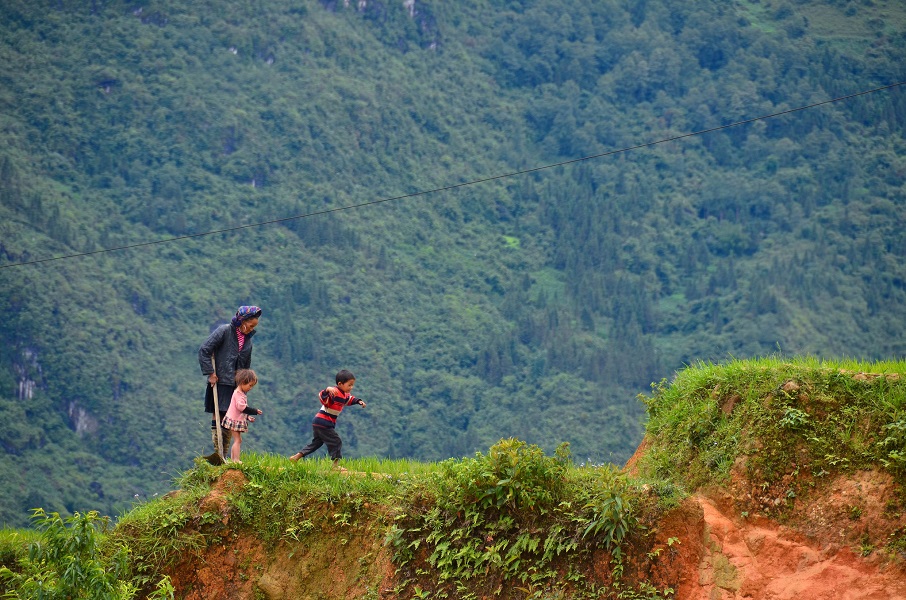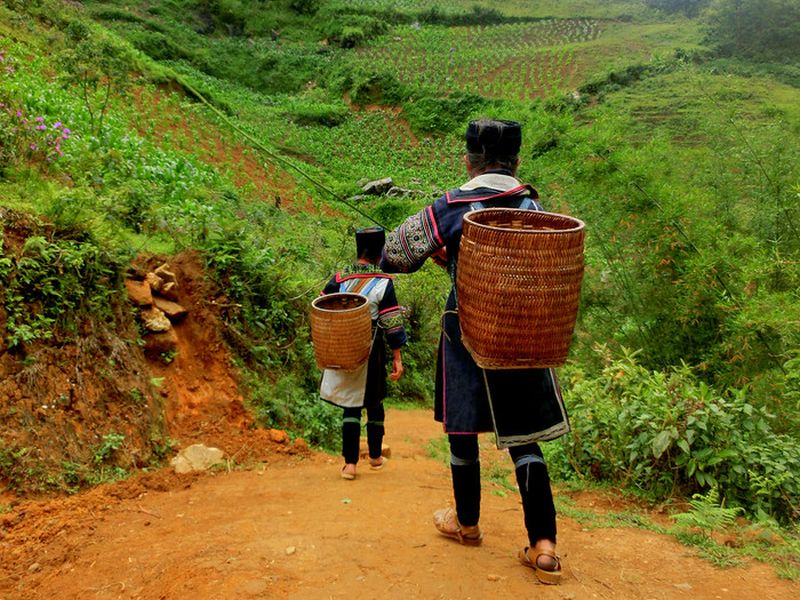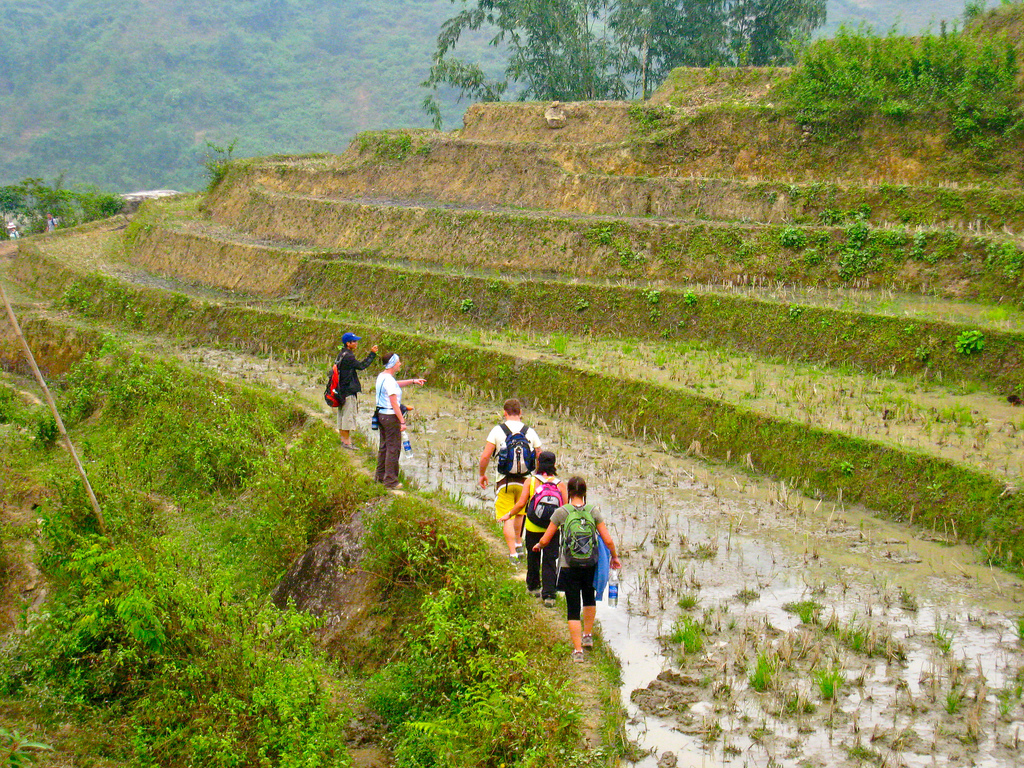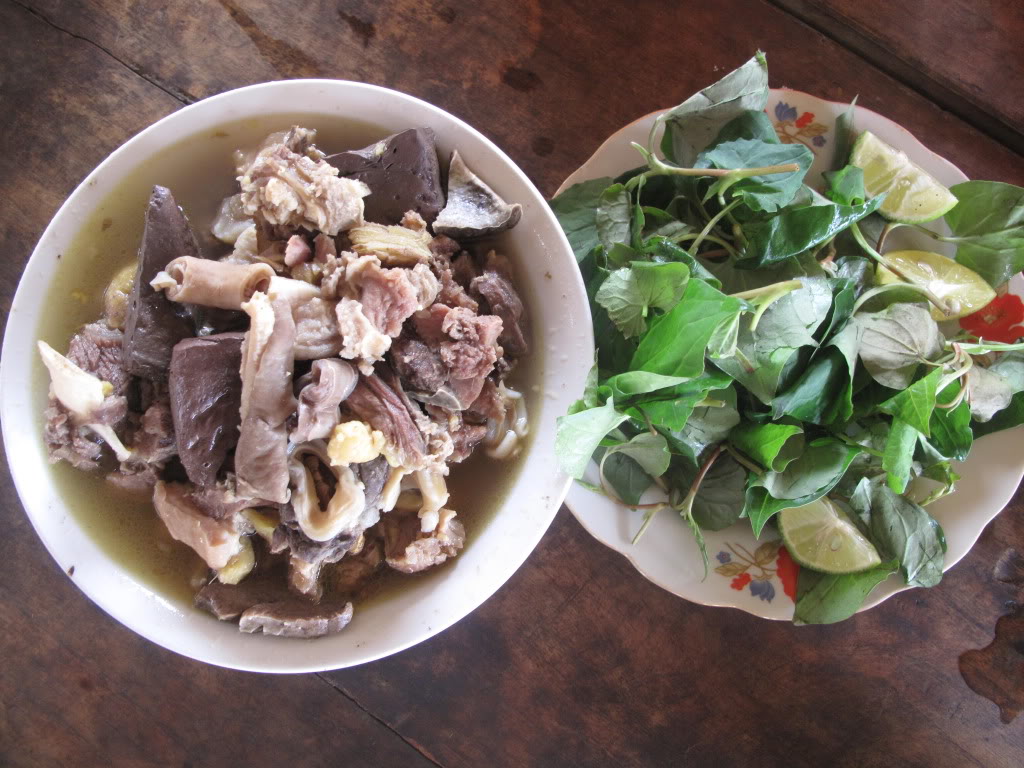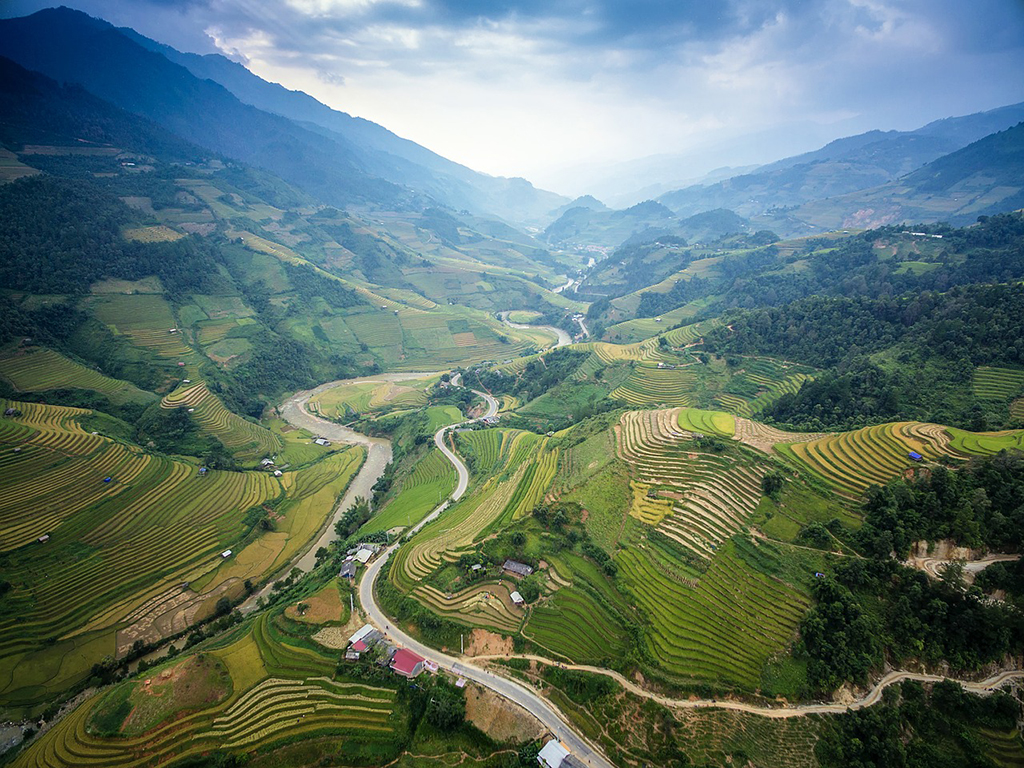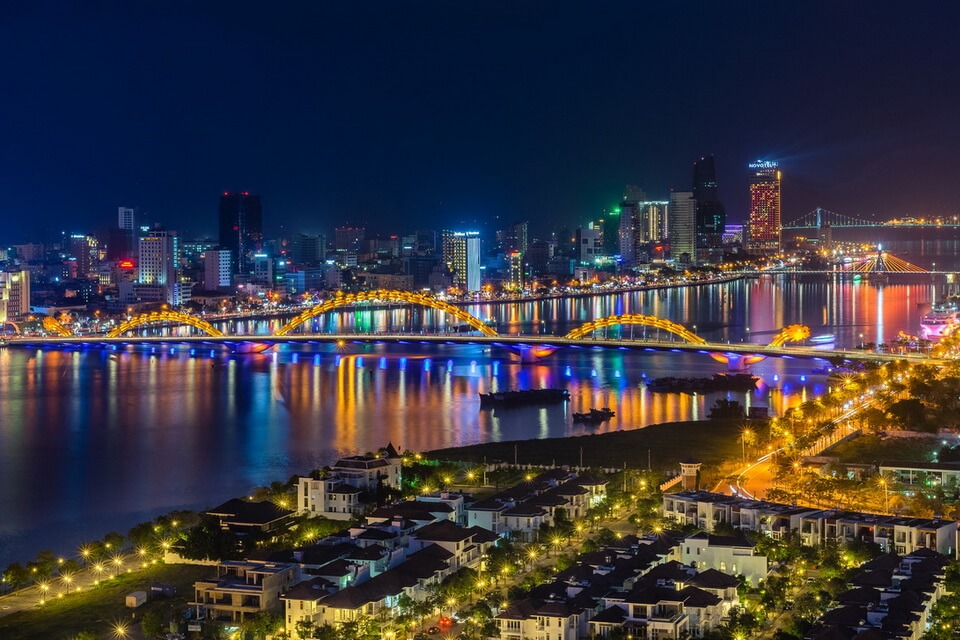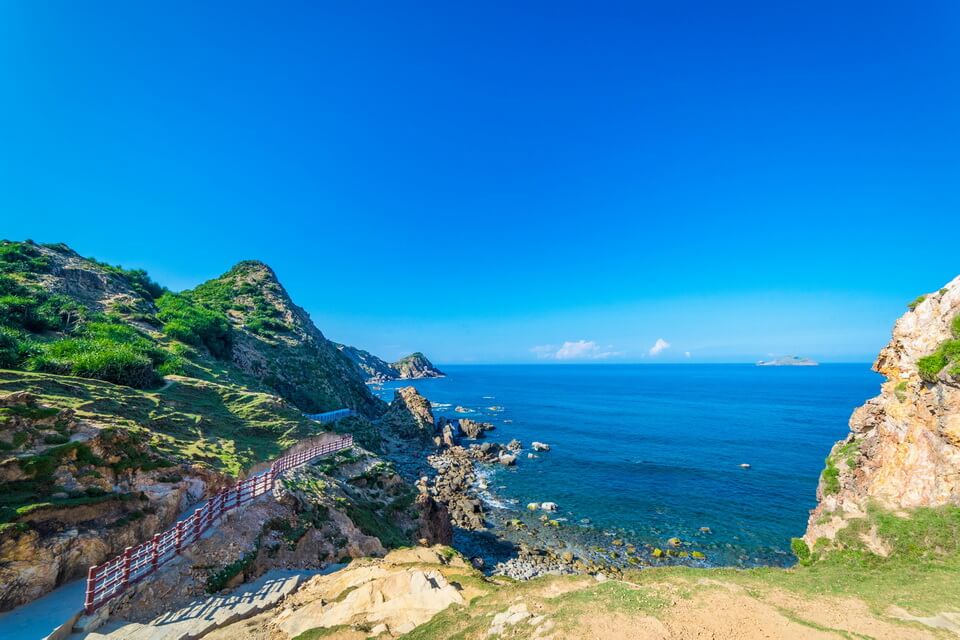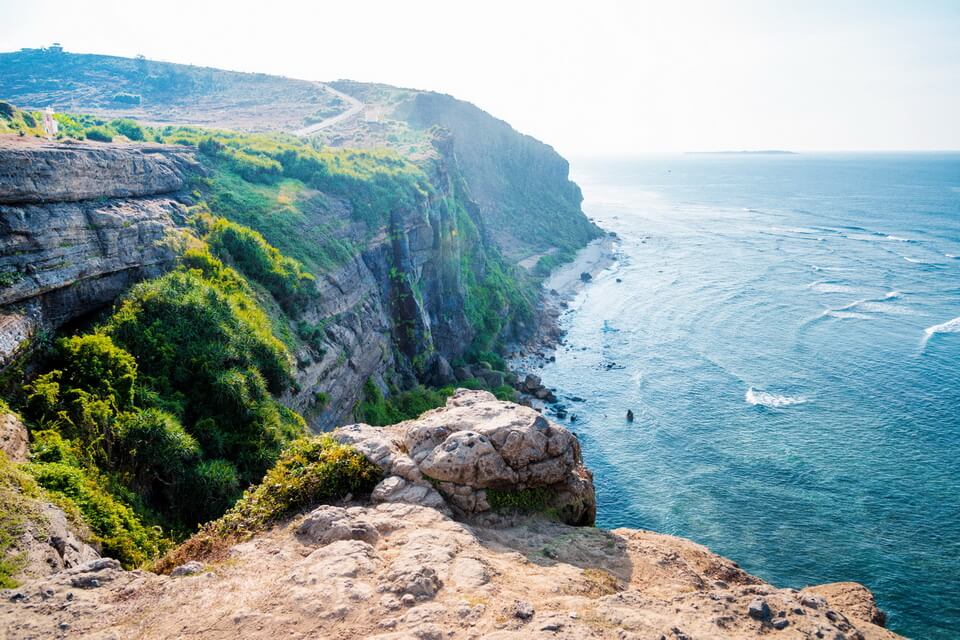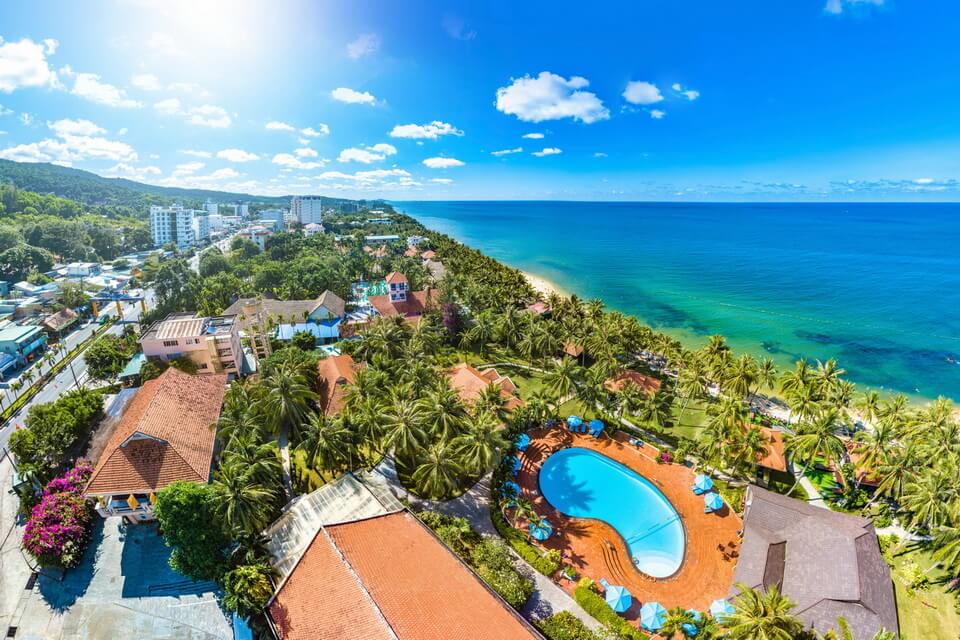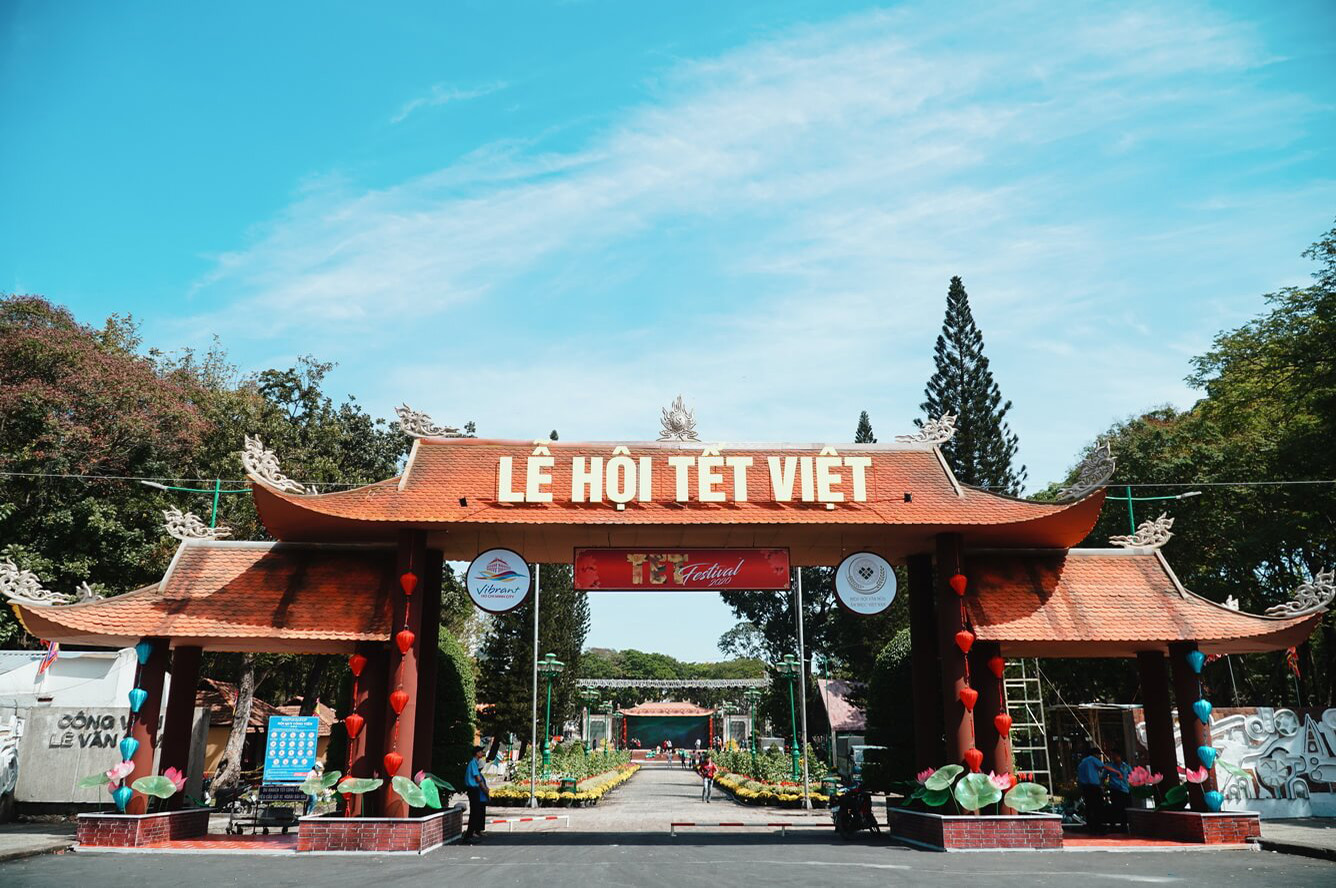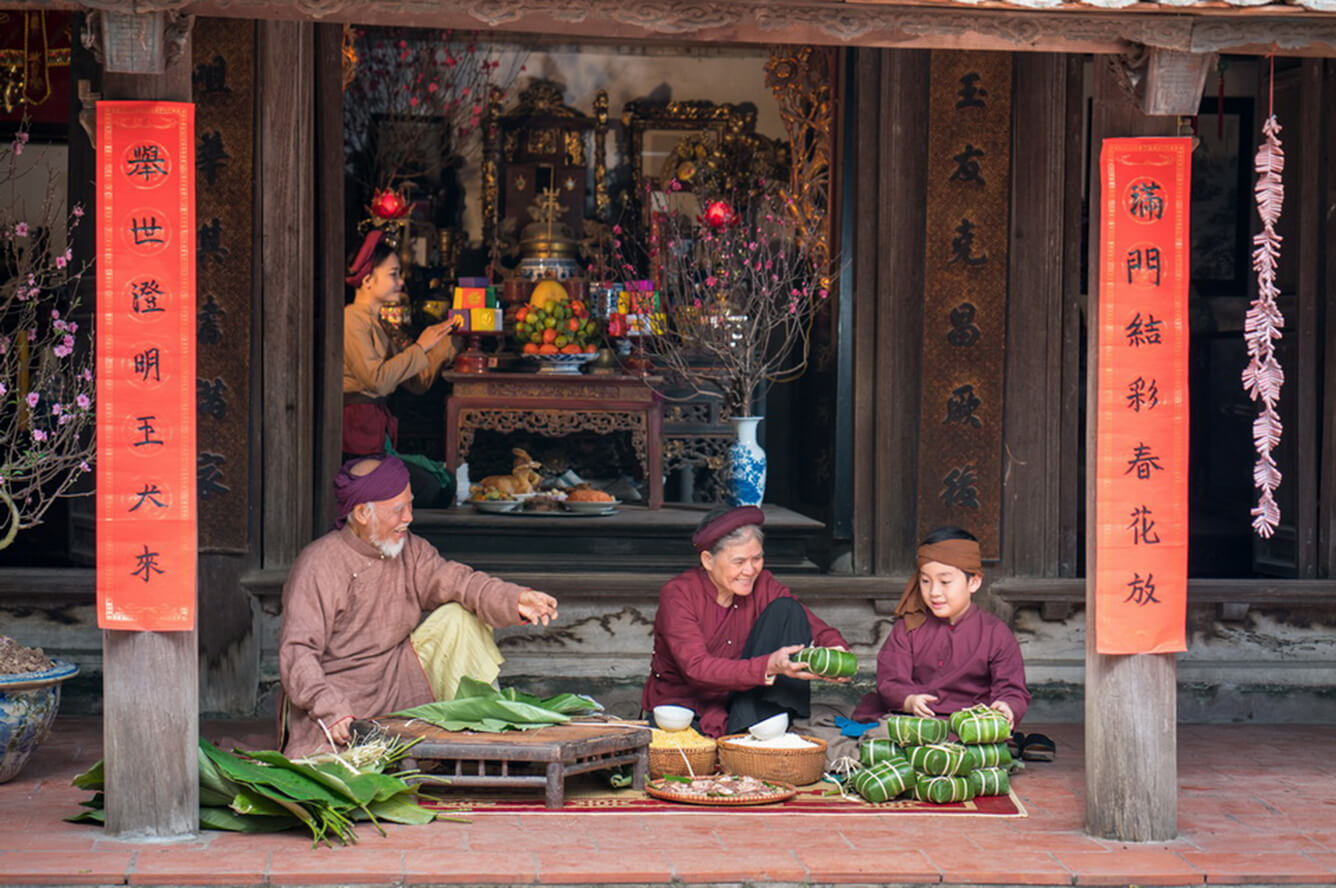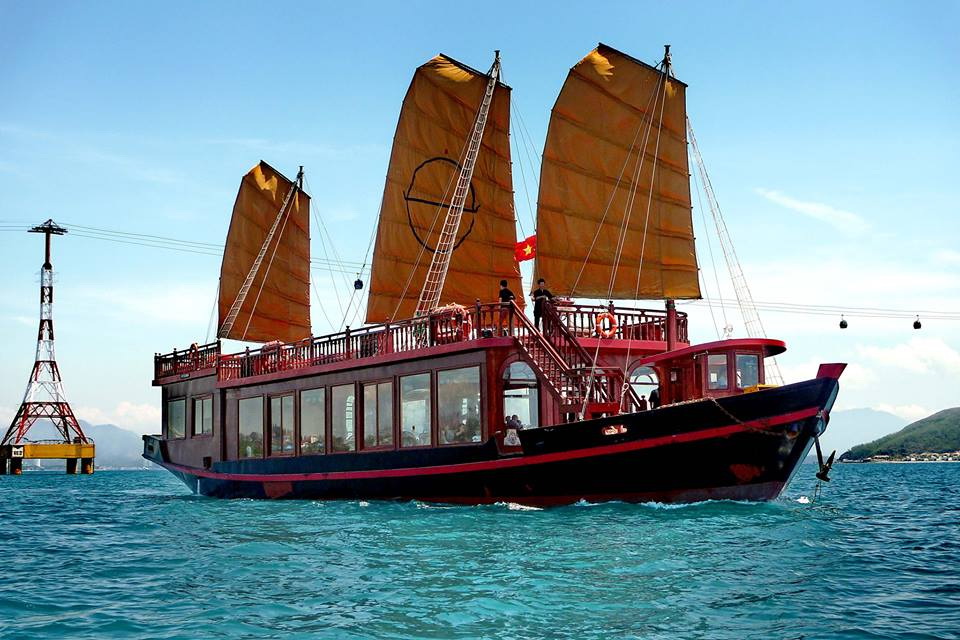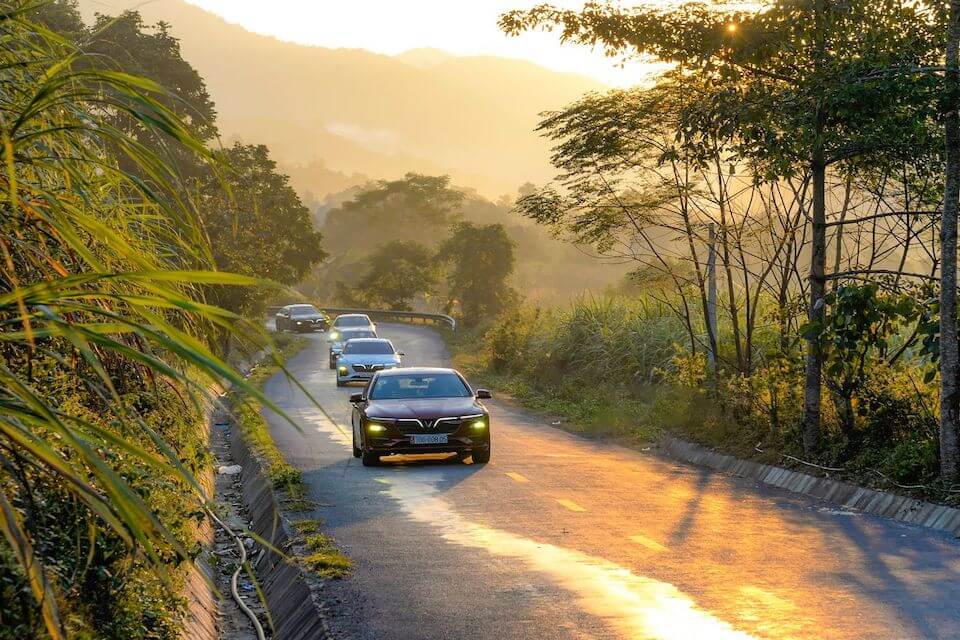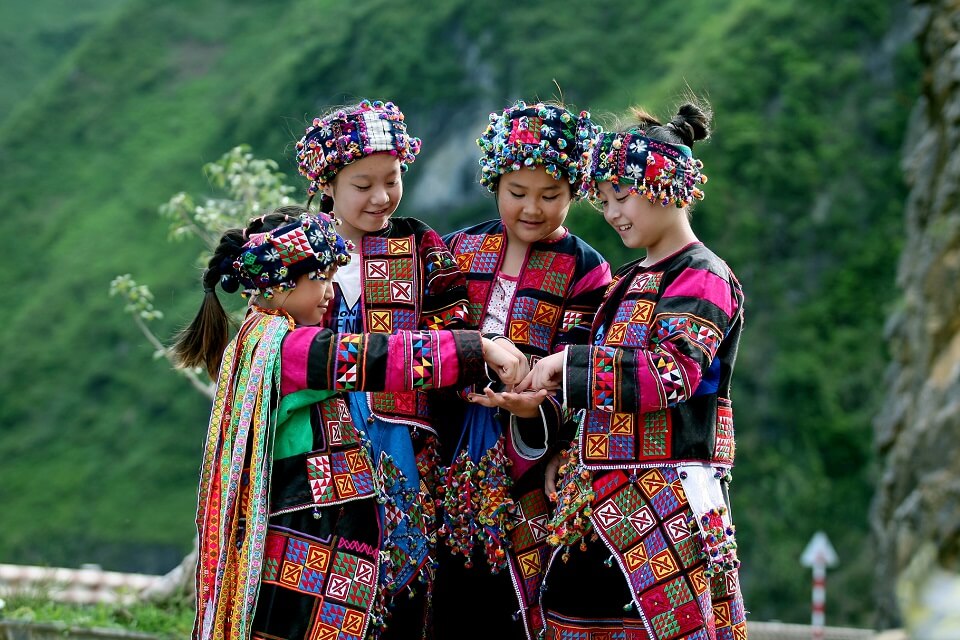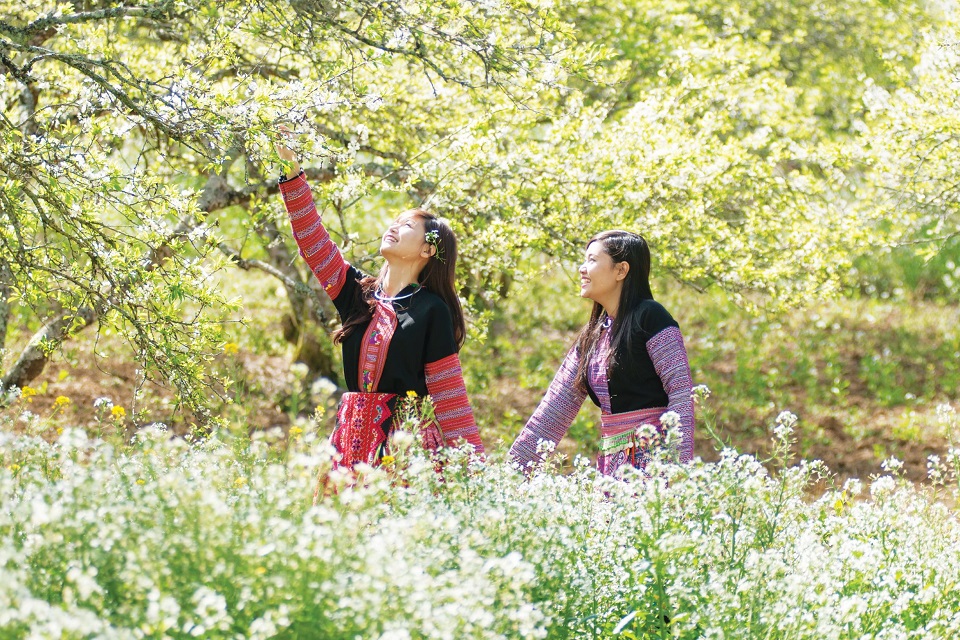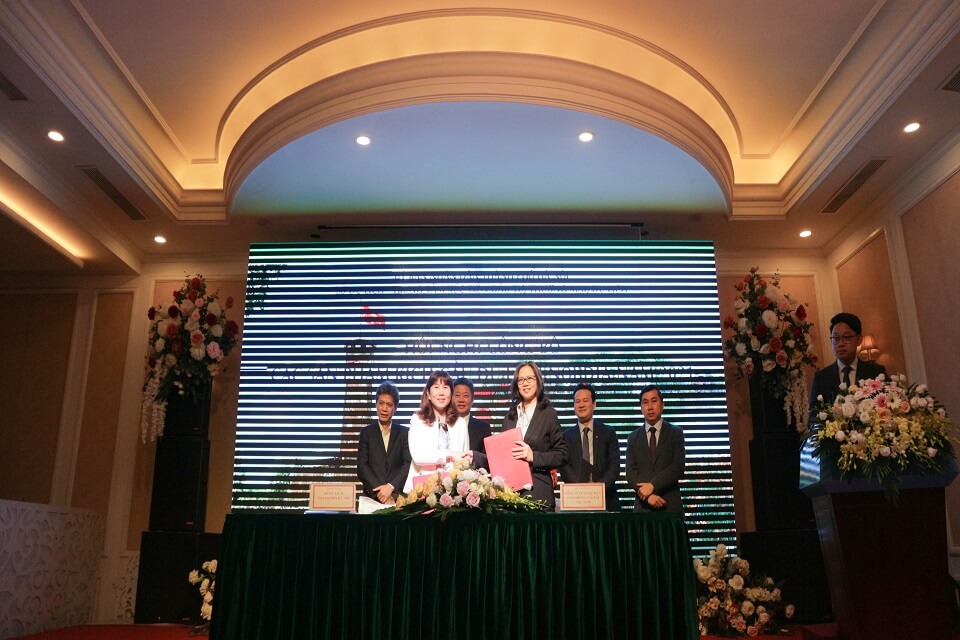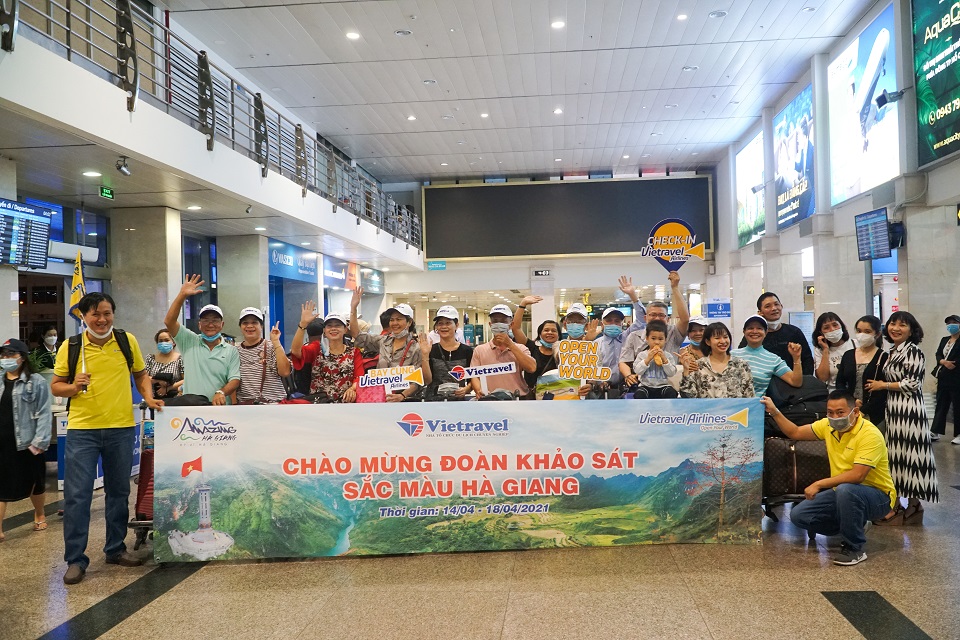Sapa Travel Guide
Sapa is a mountainous town in Northen Vietnam where you write poem, have your cameras on for most of your time, cheer over a community wine pot, learn to appreciate indigenous culture or just to escape Hanoi heat and city noise.
Location and history
Sapa (or Chapa- the “sandy place”) first appeared in Vietnam national map in the late 1880s when the French disembarked in highland Tonkin. The first permanent French civilian resident arrived in Sapa in 1909, and by 1920, there were a number of villas being built in this area by prosperous professionals. Going through many ups and downs, nowadays, Sapa is the prominent holiday destination, favored by both locals and foreign tourists.
Sapa - fairy home of ethnic minorities
Spending time visiting ethnic minorities’ villages, observing their daily’s activities or even living homestay, in order to understand more about their culture is now the top priority of visitors, especially international ones. A trip to Sapa would definitely more meaningful with participatory activities, such as learning to make handicrafts or helping the local with farm work! In case time does not allow, you can always hire a local guide for your trekking routes. Chances are these boys and girls will tell you lovely stories about their traditions, their lives or even ask you to join their family activities.
Sapa- challenging for mountainous trekking
The scenery of the Sapa region represents a harmonious relationship between the minority people and nature, which can be seen perceptibly in the paddy fields carpeting the rolling lower slopes of the Hoang Lien Mountains. It was the elements wearing away the underlying rock over thousands of years that created this impressive physical landscape.
The geographical location of the area makes it a truly unique place for a rich variety of plants, birds, mammals, amphibians, reptiles and insects, some of them can only be found in northwestern Vietnam.
Sapa- thunderstruck local food
The cool weather of the region makes barbecued meat and fish with mushroom and vegetables the most preferred street foods in Sapa. People grill corn, sweet potatoes, dumpling, bamboo-tube rice, or even eggs as well. Nevertheless, tourists can try many other local foods like purple sticky rice or “thang co”- horse meat right in Sapa market.
More surprisingly, Western restaurants, from Italian to French ones, can also be found around the center of Sapa, at a very reasonable price.
How to get there?
Most tourists arrive in Lao Cai, the province to which Sapa belongs, by train (read more about train from Hanoi to Sapa) and it is definitely an impressive ride. The train leaves Hanoi train station in the evening and arrives in Lao Cai train station in early morning. From Lao Cai train station to Sapa is another hour bus ride, which gives your eyes a massage with the endless blue sky and colourful terraced paddy field. The road is curved around the mountain and you will just go from one surprise to another. The further you go, the closer you are to the sky and to nature.
Sapa is definitely a place to remember. And maybe to return as well!
Source vietnamonline

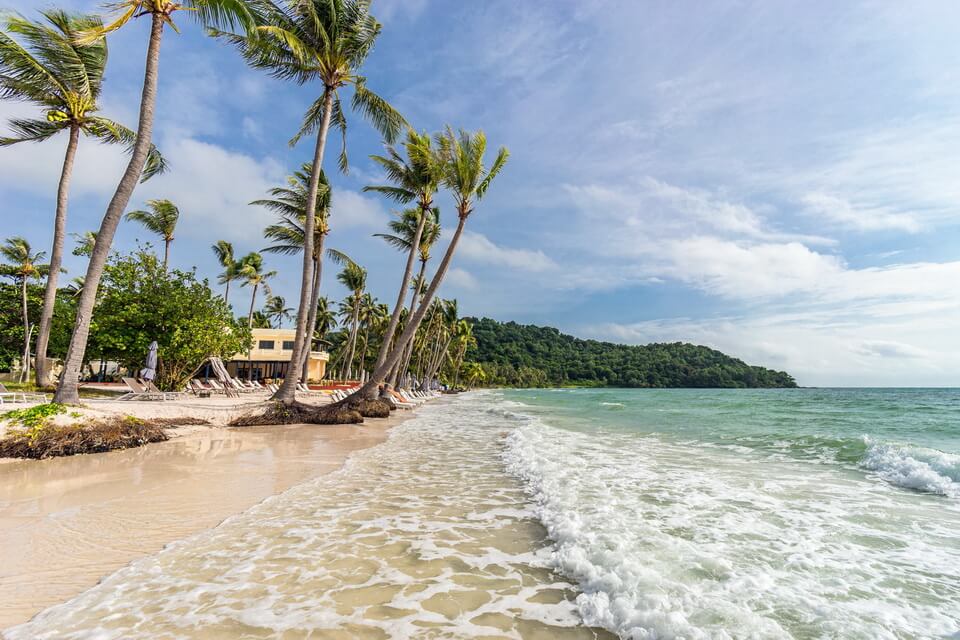
6 most beautiful beaches in Phu Quoc
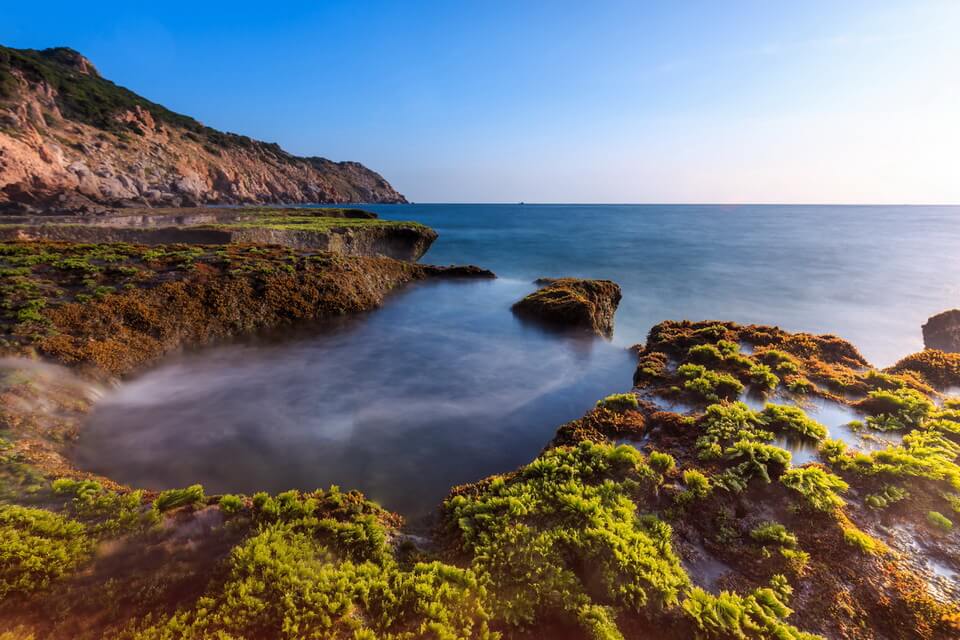
Chilling out at 5 sea paradises of the South Central Coast
Having your heart stolen in Quy Nhon
If you have never been to Quy Nhon, gone around or discovered emerald Ky Co, cool Eo Gio in the late ...
6 gorgeous sea paradises for summer travel
In the hot weather, you may just want to get away to the blue sea, immerse yourself in the refreshin ...
Luxuriously checking in at famous resorts in Phu Quoc
What motivates you every time you think of travel? To get some new experiences, to relieve stress, t ...
Enjoy 24 hours in Da Lat, Vietnam
Today, both foreigners and Vietnamese tourists love to visit Da Lat any day in the year for some coo ...
Tet and others spectacular festivals around the world in January 2020
In January 2020, Tet festival in Vietnam and others spectacular festivals around the world are color ...
Tet Nguyen Dan in Vietnam and best places to visit
Tet Nguyen Dan or Tet is the most important festival in Vietnam. It is the Vietnamese New Year marki ...







